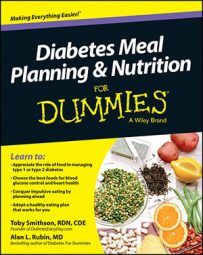The connection between weight and type 2 diabetes is insulin resistance, where cells that normally respond to insulin, by allowing glucose molecules to leave the blood and enter those cells, become unresponsive to this powerful hormone.
Fortunately, losing only a modest amount of weight — as little as 7 to 10 percent of your current weight — can have a profound effect on insulin resistance. That’s in part because visceral fat appears to be the first fat to disappear as the pounds come off. Modest weight loss can have a huge effect on the course of diabetes.
A list of ten food swaps should not be considered a weight loss program in any sense. But, this simple list represents an important concept — little changes make big results. And importantly, little changes that are simple and easy can become new habits that eventually happen without thinking.
Lighten up your mayo.
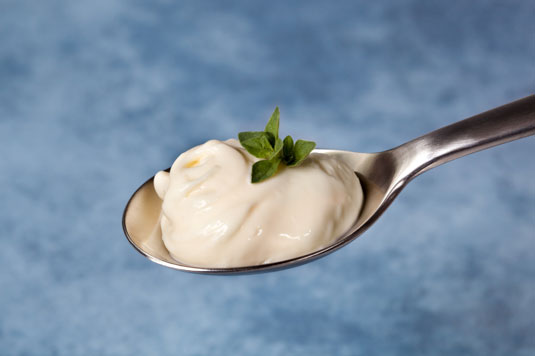
Swapping your regular mayonnaise for a lower-fat version can save significant calories. Light mayonnaise reduces calories per tablespoon to 35 or so, and total fat to between 3 and 4 grams per serving. Low-fat or reduced-fat varieties usually cut calories and fat to 15 and about 1 gram, respectively.
Going from 90 calories per tablespoon to 15 is a significant reduction, and when it comes to losing weight over the long term, these are the kinds of changes that really add up.
Try bacon of Canadian descent.
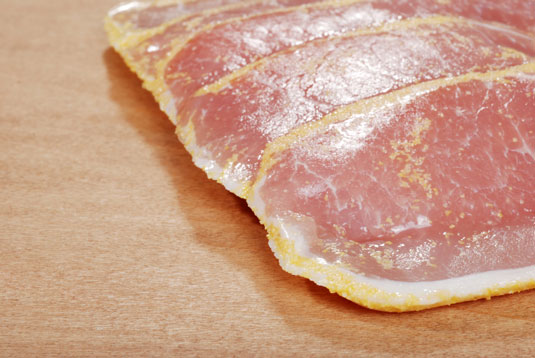
Swapping one ounce of American bacon for Canadian bacon saves 100 calories, 9 grams of total fat, 3 grams of saturated fat, and 285 milligrams sodium. That is an incredible difference in nutritional composition for an incredibly simple change, and Canadian bacon also makes a wise swap for other meats like pepperoni.
Swapping your bacon is an excellent example of how you don’t have to completely abandon your dietary preferences to get big benefits.
Replace your sour cream topping with Greek yogurt.
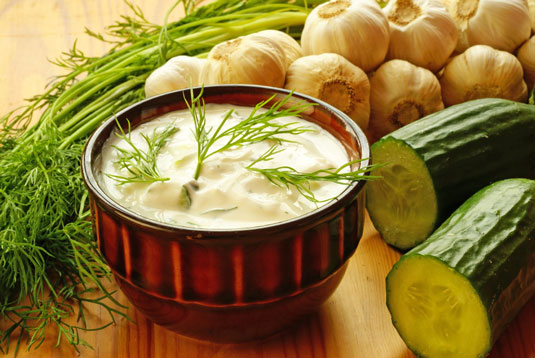
Standard toppings for baked potatoes are butter, margarine, or sour cream, but you can save calories and fat by trying nonfat Greek yogurt on your potato instead. And, Greek yogurt has the same thick and creamy consistency of sour cream.
Two tablespoons (1 ounce) of nonfat Greek yogurt has only 24 calories and no fat, compared to 50 calories and 5 grams of fat for sour cream, 140 calories and 16 grams of fat for margarine, and 200 calories with 23 grams of fat for butter.
Freshen your salads with lime.
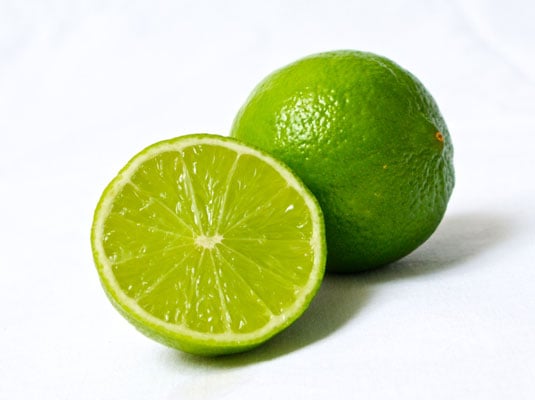
Think about swapping any kind of salad dressing for fresh lime juice, with no fat, and calories you can count on one hand. Fresh lime juice will give you a burst of flavor, and complements the garden vegetables of your salad without compromising your healthy intentions.
Moooooove to lower-fat dairy products.
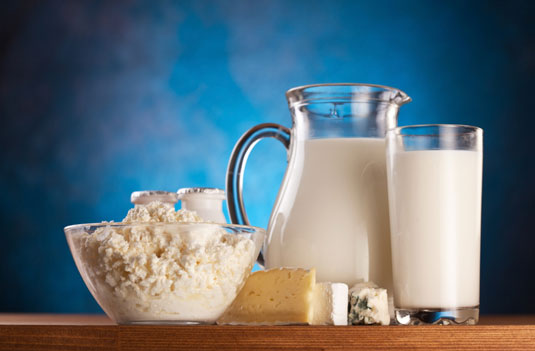
Whole milk contains almost 4 percent fat, and 1 cup of whole milk has 156 calories, 9 grams of total fat, and 34 milligrams of cholesterol. Low-fat, 1 percent milk has 54 fewer calories, 7 grams less fat, 22 milligrams less cholesterol, the same amount of calcium, and more vitamin A per cup. Nonfat, or skim milk, has only 86 calories per cup.
Every opportunity you take to use reduced fat or nonfat dairy products in place of the full fat versions takes calories out of your daily diet. Taking calories out of your diet without completely eliminating an entire group of foods is an opportunity you shouldn’t miss. Even if you don’t think you can make the leap straight to nonfat, there are perfectly delicious reduced fat options, and every little bit makes a difference.
Try baked chips and salsa instead of fried chips and dip.
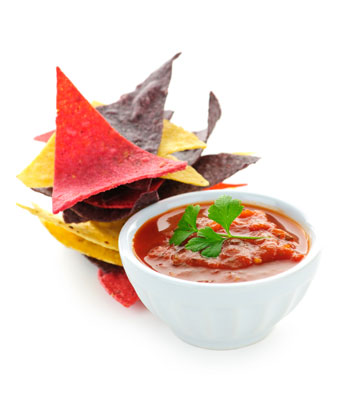
Substituting baked chips cuts the calories and fat significantly. You save 20 to 30 calories per ounce, and 3 to 5 grams of fat by switching to the baked variety. And, if you adopt salsa as your dipping favorite, you lose 80 percent of the calories, and all of the fat from the dip, too.
Spice it up.
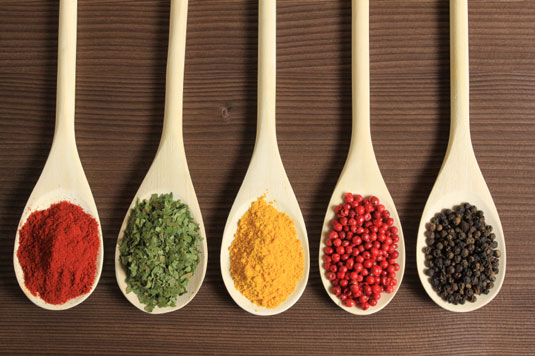
Fat adds flavor to food, and one reason you like higher-fat foods is for the flavor. But, you can add incredible flavor with no calories and no fat by adding spices. And, you can add spices to anything, especially where your first thought might be to add butter and salt.
When you need your next chocolate fix, try nonfat, sugar-free chocolate pudding instead.
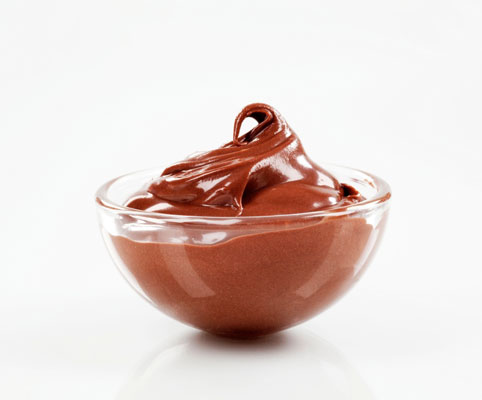
If you use nonfat milk to mix your pudding, you can enjoy a 1/2-cup serving for 80 calories, 0 grams of fat, and one carb choice — 15 grams of carbohydrate. You save 200 calories, 17 grams of fat, and 20 grams of carbohydrate.
If you’re feeling especially frisky, stir a tablespoon of peanut butter into your pudding, and you still save 100 calories, 10 grams of fat, and 15 grams of carbohydrate compared to the milk chocolate bar.
Try roasted garlic spread.
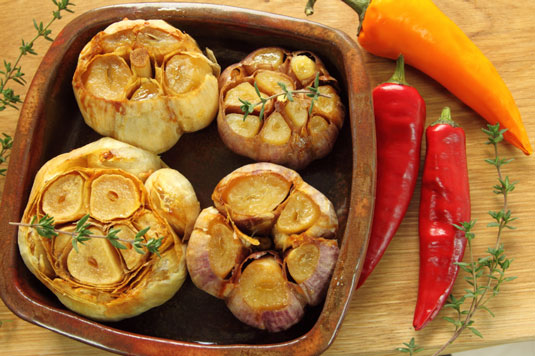
Garlic roasted in the oven for 30 minutes, or zapped in a terra cotta roaster for only about two minutes in the microwave, loses much of its strong, pungent bite, and takes on a mild, buttery sweetness. And, roasted garlic can be smashed into a rich paste, and used on anything where you would otherwise get your buttery sweetness from butter or margarine — bread, potatoes, vegetables, pasta, or wherever.
One tablespoon of roasted garlic is only 12 calories, with no fat, saturated fat, or sodium. Compared to a tablespoon of margarine, roasted garlic saves you 58 calories, 8 grams of total fat, and 100 milligrams of sodium. And, eating garlic does have some beneficial effects on heart health, specifically lowering blood pressure and helping to prevent atherosclerosis.
Keep your canned fish in water.
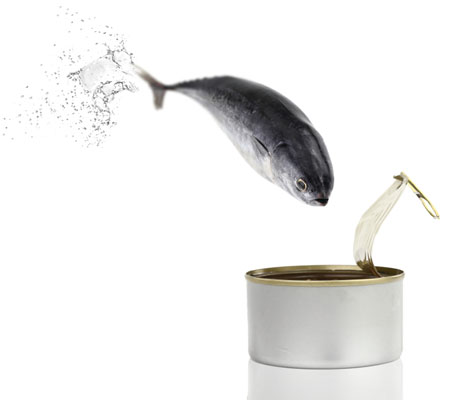
Canned tuna is a great source of high quality protein, and healthy omega-3 fatty acids. But, you can get your tuna packed in water, or you can get your tuna packed in oil. You guessed it — having tuna packed in water will save you 69 calories, 6 grams of fat, and 14 milligrams of sodium compared to the same 3-ounce serving of tuna packed in oil.

